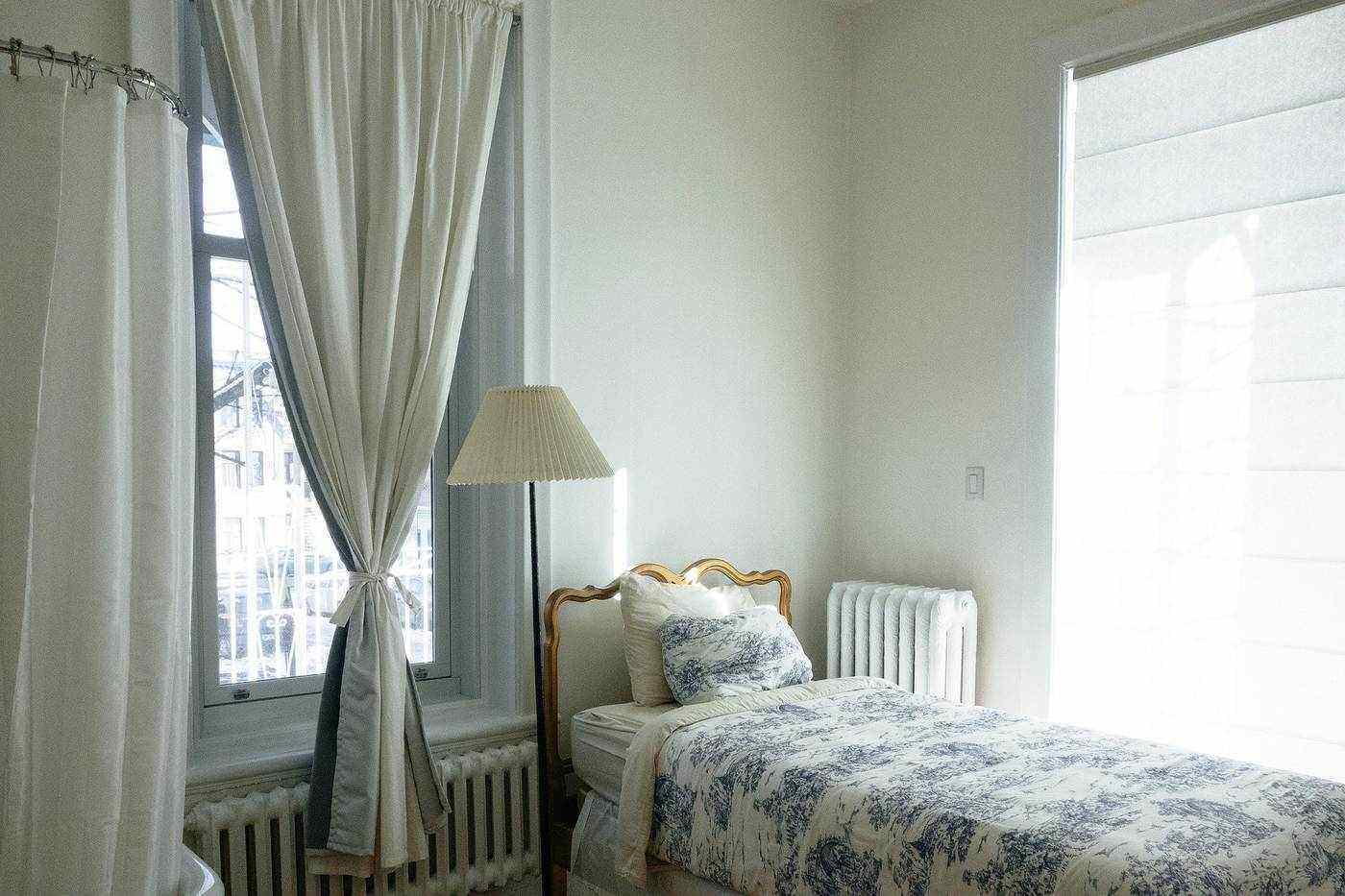We all like to experience peace and quiet in our personal space so we can concentrate on what we’re doing. It’s not just our bedrooms—we also want our study rooms, small offices and recording studios to be completely noise-free.
If you’re looking to soundproof a small area, the four steps presented below will help you soundproof your small room. Soundproofing products typically aren’t too expensive, and they can be easily found on Amazon. Even if you’re restricted by a low budget, you’ll still be able to experience success.
How to Soundproof a Small Room
1. Soundproof the Walls
When it comes to unwanted noise, one of the biggest problems is thin walls. There are several ways to deal with this problem, although they’ll all take some time and effort.
You can start by putting furniture, such as a bookshelf filled with books or a dresser, against a thin wall. If this trick doesn’t work, you can move onto trying different types of foam panels.
Acoustic foam panels, such as these ones, are great at absorbing noise. With this particular type of panel, you’ll get to block unwanted sound while giving your room a somewhat appealing look. These panels contain self-adhesive, so it’s very easy to attach them to a wall.
When soundproofing your walls, another thing you must do is seal up all the gaps and cracks by using fiberglass batt insulation. A concrete wall with even the smallest hole can allow a lot of sound to pass through. Sealing all the holes in each wall will take you some time, but all the work will be worth it in the end.
2. Soundproof the Windows
Soundproofing your windows will play a great role in reducing the amount of sound that gets in, as well as the amount that gets out.
If you don’t mind getting rid of the natural light in your room, you can completely block your windows, which will make them highly effective sound-deadeners. However, if you want some natural light to be able to enter, you can use a different soundproofing method.
Even the smallest gaps in your windows will let sound into your room, so it’s important to ensure that any gaps are properly sealed. Using adhesive is the simplest way to seal gaps, and if you’re not sure which type of adhesive to use, you can check out this inexpensive option on Amazon.
It’s also a great idea to hang soundproofing curtains, which are made from a thick, dense material that’s been designed to absorb any noise in a particular room. This, of course, will make the room feel much quieter. The best thing about these noise-reducing curtains may be the fact that they’re inexpensive, but they may also enhance the appearance of your room and can be used to hide any foam you’ve added to your windows.
For the best results possible, it’s a good idea to purchase curtains that will cover an entire window from top to bottom.
3. Soundproof the Door
There are many ways in which you can block noise from coming through a small room’s door. First of all, as with the walls and windows, you should seal any gaps you can find so that they won’t let unwanted sound travel through your doorway.
To seal the gaps, I recommend that you use this insulating sealant. It’s an airtight sealant, which is the main reason why it’s so wonderful for sound-deadening.
The space between the door and the floor is another area through which unwanted noise can enter your room, but a door sweep will take care of this problem. You should keep in mind that these aren’t easy to install, though, as you’ll have to drill a hole and screw the sweep’s fastener into the door.
Another (perhaps simpler) option is to use soundproofing blankets. Using a blanket like this is one of the cheapest soundproofing solutions, and the blanket will absorb a lot of noise that’s coming in from outside, but these blankets can also make your door look less attractive. Nonetheless, if you’re interested in soundproofing blankets, you can check out the current price online.
4. Finish With the Floor
Soundproofing a small room’s floor can be extremely expensive and time-consuming, but if you have the money you need to do so, it’s best to get professional help to complete this step.
On the other hand, if you’re on a budget and you don’t want to spend much money, I recommend that you use interlocking floor mats. You can simply cover your floor by connecting these mats, as if you’re doing a large puzzle.
Conclusion
These are the easiest and cheapest methods you can use to soundproof a small area—just start experimenting until you see which ones work best for you! For optimum results, however, I recommend that you use them all within your small room.
If you’re living in a college residence, where there may be restrictions as to what you can do with your room, you may also be interested in our guide to soundproofing a dorm room.
image: Pixabay

